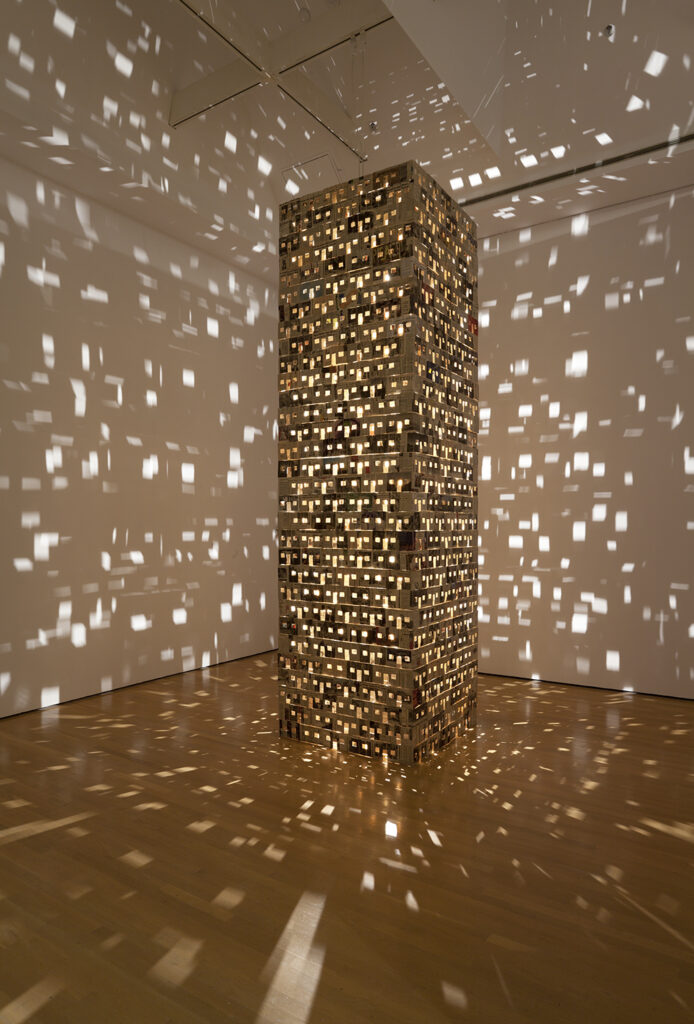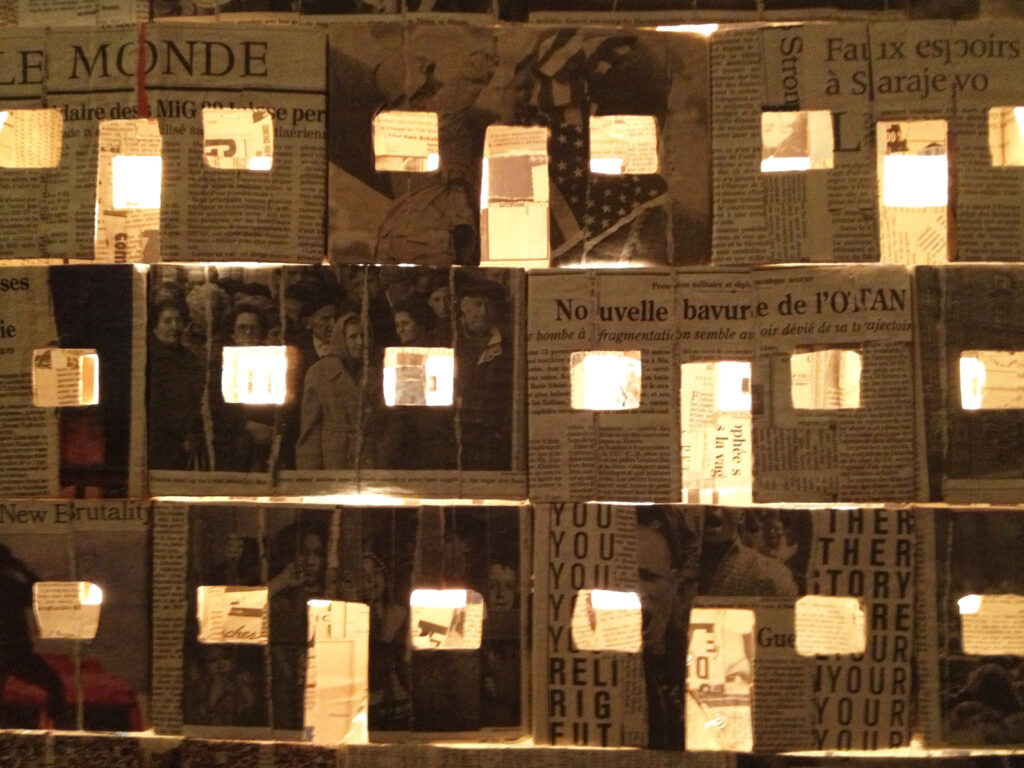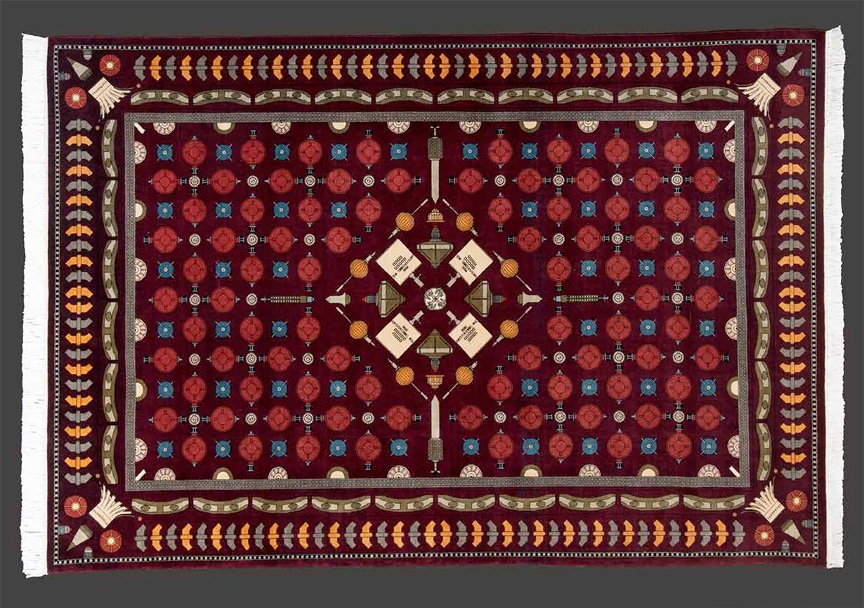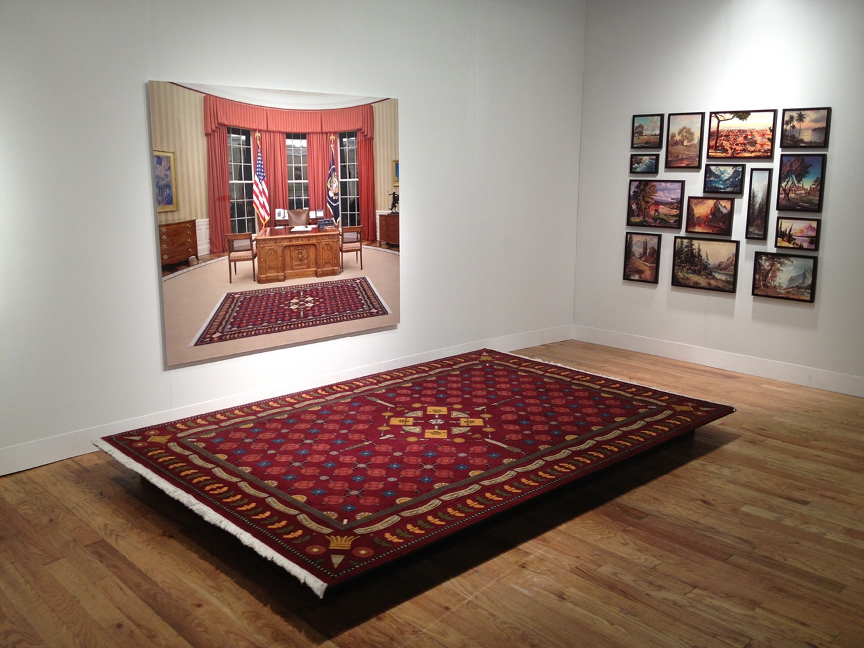During these uncertain times, SMoCA has invited artists and staff to utilize our blog Inspire as an outlet to make meaningful connections by sharing personal reflections and insight into their practice.
This week, artist Dominique Blain talks about her thought process when creating work and how materiality plays a role in her practice.
The challenge in my work is to make sure that aesthetics and politics co-exist harmoniously; however, this apparent harmony must overturn our prejudices. I have to find a balance between the form and the content. But such a balance can only be achieved when I succeed in retaining the bare minimum required to transmit my message. I always seek the form that best suits the idea I want to convey. So it is sometimes difficult to categorize my work, because I do not limit myself to one or two media. On the contrary, I allow myself every liberty. I’m always on the lookout for new materials and new technologies that can really support my idea. There may be several triggers: a found image, an article I’ve read, an encounter. Then things come together, but they always leave an element of mystery that remains through the creative process. When the work is completed, it presents viewers with familiar objects or subjects they may have heard of or seen on the news media. But I try to show them differently, in a way that might affect them more intimately.
When viewers first see my works, they generally find them compelling. It is the contrast between the form and the message that hold their attention. My concern is for the viewers to take a second look that enables them to enter difficult universes in a different state of mind.

The work VILLAGE consists of more than 600 bricks in the shape of small houses, scaffolded to form a tower 4 meters high. These small houses, pierced with windows reminiscent of houses destroyed by fire of which only the walls remain, are made with newspaper collected over 10 years, from articles that illustrates conflicts and wars in various countries around the world.


“With Village, Blain erects a tower out of bricks which resemble little rectangular houses punctuated here and there with windows. These papier mâché bricks are made out of newspapers she has been collecting over the years, with articles on and images of conflict and wars in Yugoslavia, Afghanistan, Irak, among others, combined with stock exchange quotations. . . . Blain’s tower, the symbol of an architecture that brings people together – in the utopian fashion in the work of Tatlin or in the purely mercantile way of the World Trade Center- does not reveal its precariousness. It is the viewer’s gaze, after is as assimilated the tower’s fragility, that deduces this and perceives the deceptive framework.” — Thérèse St-Gelais, From Dwellings to Territories, Dominique Blain, Musée d’art contemporain de Montréal, 2004

The design of this carpet was created using the shape of 26 antipersonnel land mines out of a total of 350 existing models, reproduced life-size, and still manufactured in various countries, among them China, Russia, Iran, Syria, India, and the United States. These mines are arranged symmetrically throughout, in a traditional afghan design. This carpet was made in a cooperative located in the city of Dera Ghazi Khan in Pakistan.
“Like a squaring off of contaminated land, the carpet conceals in its fibers the destructive effects of these pernicious weapons. Setting itself off from its functions related to welcoming, hospitality and prayer, Rug becomes charged with the underhand crimes fostered by desires of conquering territory or controlling others.”

Photomontage of the Rug in the Oval Office of the President of the United States.
